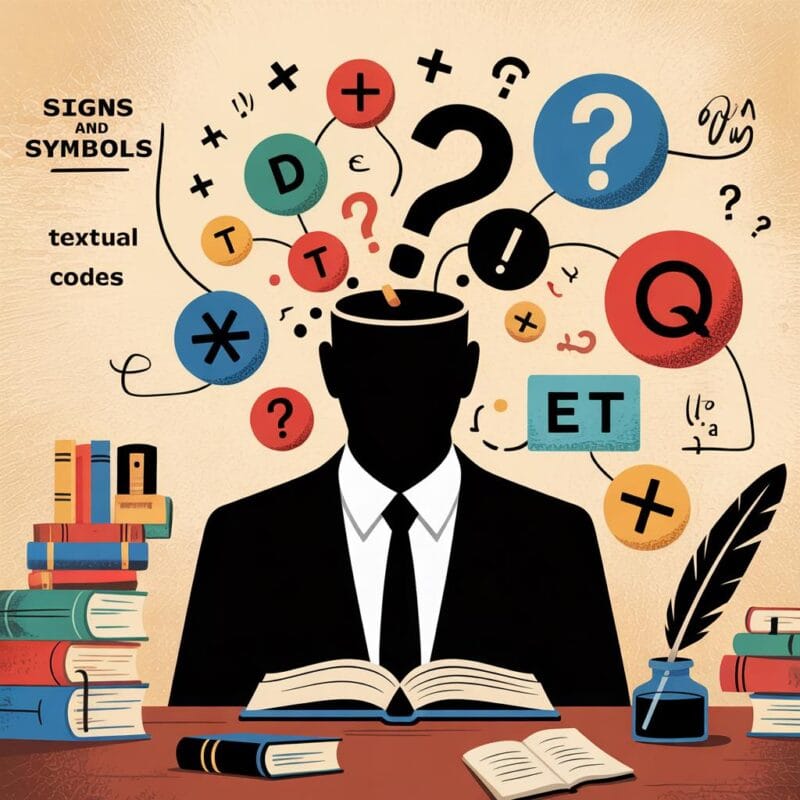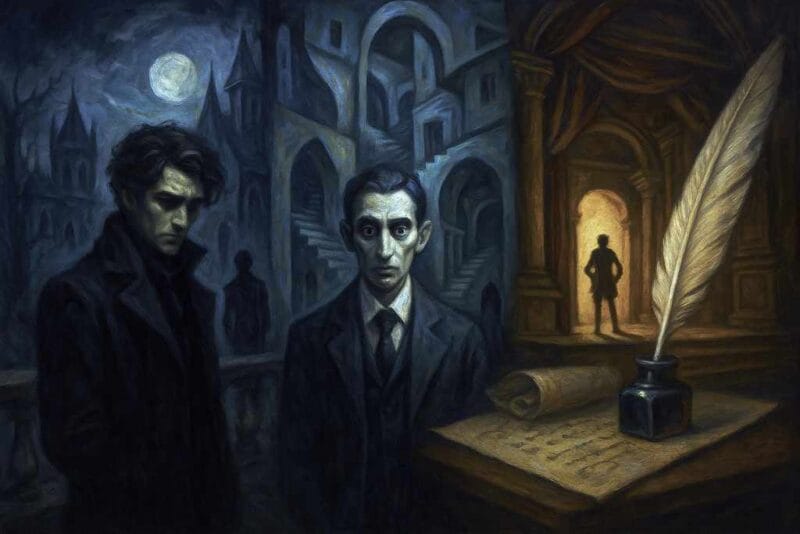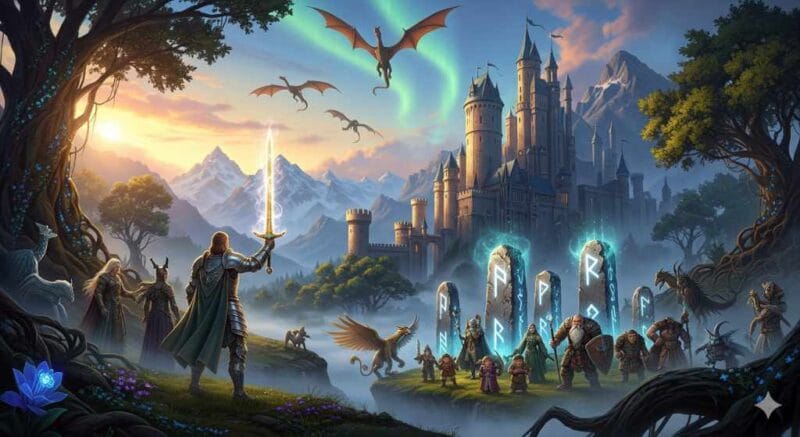Hardboiled fiction emerged in the United States during the early twentieth century as a gritty alternative to the genteel detective stories of the late Victorian and Edwardian eras. Where Arthur Conan Doyle’s Sherlock Holmes solved puzzles in tidy drawing rooms, hardboiled detective fiction set its cases in smoky bars, back alleys, and corrupt offices. The genre presented crime as inseparable from society, with detectives often caught between justice and survival.
The term “hardboiled” suggested toughness, cynicism, and a refusal to sentimentalize crime or punishment. Its voice was clipped, unsentimental, and often infused with slang and mirrored the rough worlds it described.
Core Characteristics of Hardboiled Detective Fiction
Several defining traits separate hardboiled novels from other strands of crime literature:
- The detective figure: Often a private investigator, he (and rarely she) operated outside official institutions. Characters such as Dashiell Hammett’s Sam Spade or Raymond Chandler’s Philip Marlowe embodied professional integrity tested by corruption and temptation.
- Urban settings: The city was not just a backdrop but an active agent. Los Angeles, San Francisco, and Chicago, for instance, became symbolic sites of moral rot and fragile order.
- Terse style: Short, sharp sentences carried the rhythm of dialogue and action. The style was economical, unadorned, and deliberately hard-edged.
- Moral complexity: Villains were rarely caricatures, and law enforcement often proved untrustworthy. Justice was ambiguous. This left detectives to draw their own line between honor and compromise.
These elements distinguished hardboiled crime novels from the cozy mysteries of Agatha Christie. They situated the novels within the harsher realities of crime and society. Instead of tidy puzzles solved through deduction alone, they confronted violence, corruption, and human weakness as everyday conditions.
Origins in the Pulp Magazines
The genre’s rise is inseparable from the pulp magazines of the 1920s and 1930s, particularly Black Mask, edited by Joseph T. Shaw. Hammett published many of his early works there, which helped establish the tone of hardboiled fiction. The pulps thrived on fast-paced stories affordable to a mass audience, and their popularity spread the archetypes that would define the genre.
Key Authors and Hardboiled Novels
- Dashiell Hammett: His The Maltese Falcon (1930) introduced Sam Spade, a detective hardened by betrayal but still clinging to a private code of justice. Hammett’s clipped style and ruthless plotting remain models of the form.
- Raymond Chandler: The Big Sleep (1939) and later Philip Marlowe novels deepened the genre with an almost lyrical cynicism. Chandler combined terse action with sharp observation, turning Los Angeles into a moral labyrinth.
- James M. Cain: While less focused on detectives, Cain’s The Postman Always Rings Twice (1934) and Double Indemnity (1936) explored crime from the criminal’s point of view, which cemented the genre’s atmosphere of fatalism.
- Mickey Spillane: In the postwar years, Spillane’s Mike Hammer series pushed hardboiled fiction toward more violent and sensational territory. This not only widened its audience but also stirred controversy.
Hardboiled Fiction and Film Noir
Hardboiled fiction left its strongest cultural imprint in Hollywood. The adaptations of The Maltese Falcon (1941), Double Indemnity (1944), and The Big Sleep (1946) helped define film noir, with shadowy cinematography and morally compromised characters. Noir visualized the smoky bars and neon-lit streets already present in hardboiled novels, linking crime literature and cinema in a mutually reinforcing tradition.
Influence on Later Crime Novels
Hardboiled detective fiction influenced the evolution of the broader crime genre. Writers such as Ross Macdonald, with his Lew Archer series, refined Chandler’s model by investigating the psychological and familial roots of corruption. Later, Sara Paretsky’s V.I. Warshawski novels and Walter Mosley’s Easy Rawlins series expanded the genre’s scope. They introduced diverse perspectives often absent from the early masters.
Hardboiled fiction also provided a foundation for the modern thriller and police procedural. The direct language, fast pacing, and gritty atmospheres of today’s crime novels owe much to the hardboiled style.
The Genre’s Significance in Literature
Hardboiled fiction bridged the gap between mass entertainment and literary craft. Its influence also reached beyond crime writing. It informed the terse style of Ernest Hemingway and influenced later postmodern experiments with genre. The cynicism of hardboiled novels also mirrored historical realities: Prohibition, the Great Depression, and the postwar disillusionment of the mid-twentieth century.
Those who turn to hardboiled crime novels often discover more than suspense: they offer a lens through which readers confront the complexities of crime, politics, and morality while following characters who struggle to preserve integrity in corrupt systems. Its stripped-down language, moral tension, and vivid cityscapes ensure that readers continue to find in these books a powerful exploration of the darker currents of modern life. This literature also holds cultural value because it scrutinizes authority and the ongoing quest for justice.
Further Reading
What Is a Hard-Boiled Novel? by Otto Penzler, CrimeReads
Megan Abbott on the Difference Between Hardboiled and Noir by Annie Adams, Literary Hub
Dames, detectives and dope: why we still love hardboiled crime by David Barnett, The Guardian
What does “hard-boiled” mean with regard to crime novels? on Quora
Looking for modern hardboiled detective and crime fiction on Reddit




